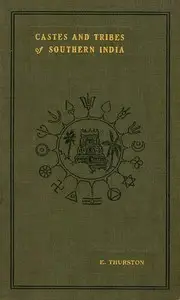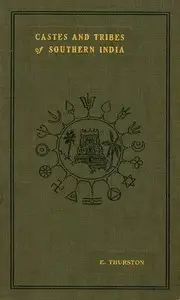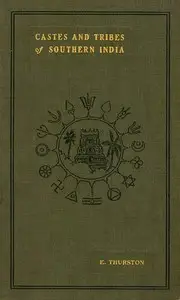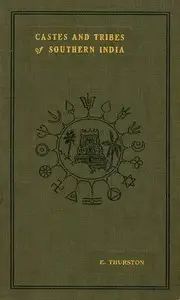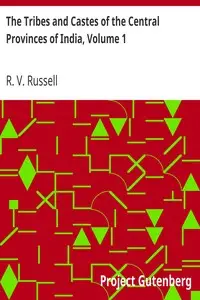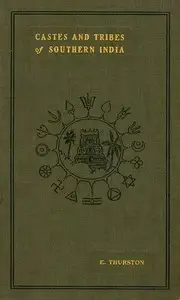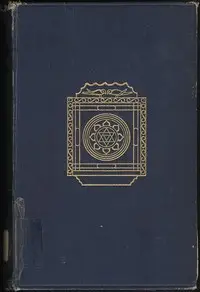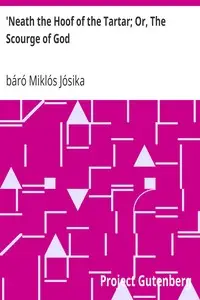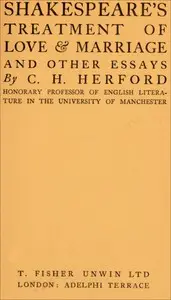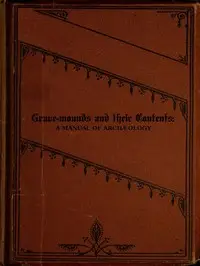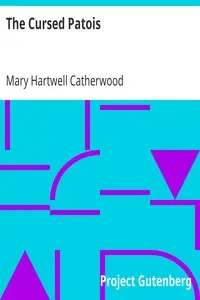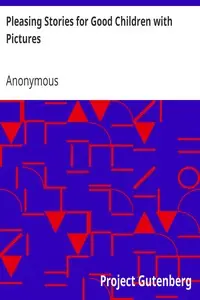"Castes and Tribes of Southern India, Vol. 5 of 7" by Edgar Thurston is a detailed anthropological study from the early 1900s that examines the diverse castes and tribes of southern India. The author explores their cultures, social structures, and historical backgrounds, with the goal of preserving their stories. The narrative dives into specific groups, beginning with the Marakkayar, a Tamil-speaking Muslim tribe recognized for trading and seafaring in South Arcot. It describes their blend of Hindu and Muslim ancestry, their position compared to other communities like the Labbais, and their unique customs, such as marriage practices, clothing, and rituals; emphasizing the Marakkayar’s connection to maritime trade, highlights important people in their culture, and shares stories about their religious beliefs and funeral customs, giving readers a complete look at the complexities within southern Indian society.
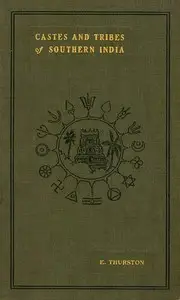
Castes and Tribes of Southern India. Vol. 5 of 7
By Edgar Thurston
Discover the rich tapestry of early 20th century southern India through an exploration of unique cultures, traditions, and social structures of its lesser-known communities.
Summary
About the AuthorEdgar Thurston was the British Superintendent at the Madras Government Museum from 1885 to 1908 who contributed to research studies in the fields of zoology, ethnology and botany of India, and later also published his works at the museum. Thurston was educated in medicine and lectured in anatomy at the Madras Medical College while simultaneously holding a senior position at the museum. His early works were on numismatics and geology, and these were later followed by researches in anthropology and ethnography. He succeeded Frederick S. Mullaly as the Superintendent of Ethnography for the Madras Presidency.
Edgar Thurston was the British Superintendent at the Madras Government Museum from 1885 to 1908 who contributed to research studies in the fields of zoology, ethnology and botany of India, and later also published his works at the museum. Thurston was educated in medicine and lectured in anatomy at the Madras Medical College while simultaneously holding a senior position at the museum. His early works were on numismatics and geology, and these were later followed by researches in anthropology and ethnography. He succeeded Frederick S. Mullaly as the Superintendent of Ethnography for the Madras Presidency.


